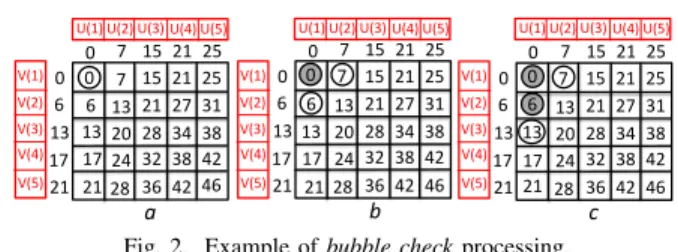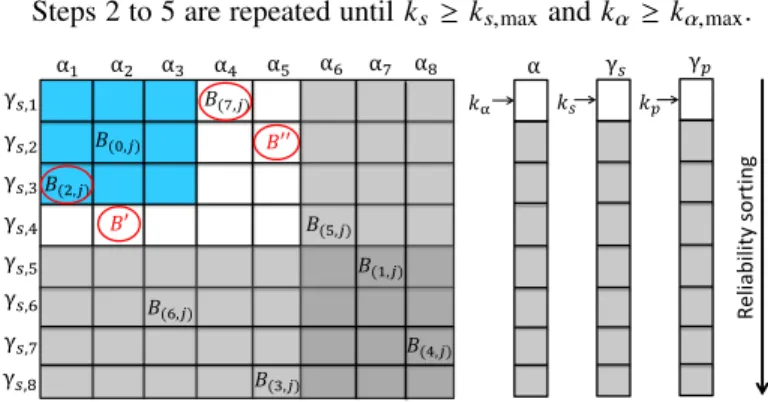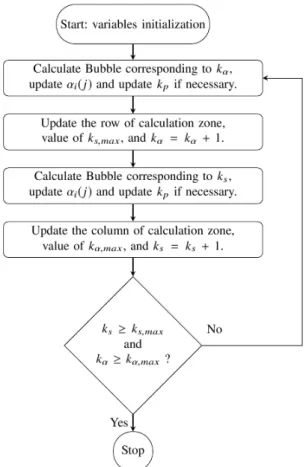Low-complexity decoders for non-binary turbo codes
Texte intégral
Figure




Documents relatifs
We conclude the paper in section VIII- A by a fair comparison between the proposed non-binary decoding algorithm and the binary corrected Min-Sum (MS) algorithm [10] applied to
In this paper, we present a new low-complexity sub-optimal decoding algorithm using the dual trellis, namely the dual Max-Log-MAP algorithm, suited for high coding rate
Conducted analysis has demonstrated that omitting two turbo demodulation iterations without decreasing the total number of turbo decoding iterations leads to promising
Furthermore, we present the first hardware architectures for the computational units of the Local-SOVA algorithm, namely the add-compare select unit and the soft output unit of
To this end, using low weight Dickson polynomials, we formulate the problem of field multiplica- tion as a product of a Toeplitz or Hankel matrix and a vector, and apply
On the other hand, the MS algorithm further decreases the computational complexity at the cost of a performance loss, by simplifying the CN message computation using (22). The number
There exists a positive real constant C such that for any positive integer n and any deterministic and complete transition structure T of size n over a k-letter alphabet, for
For this particular case of quadratic residue codes, several authors have worked out, by hand, formulas for the coefficients of the locator polynomial in terms of the syndroms,